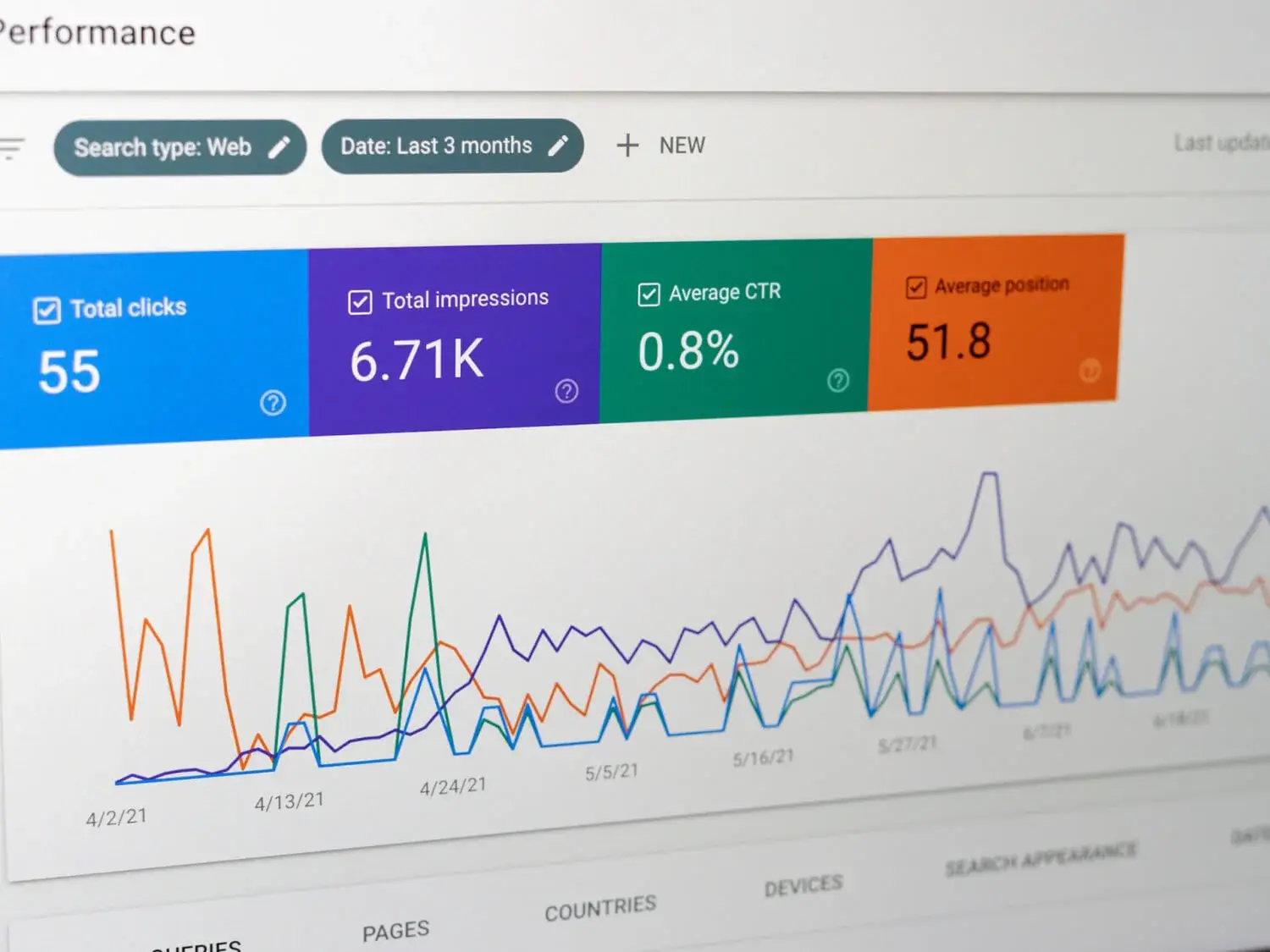Originally published August 25, 2022 , updated on July 25, 2024
When it comes to inclusivity, every action counts. Diversity and equality should not be recognised or celebrated on specific days of the year. Instead, it should be prioritised and acknowledged in everything we do – every day.
Words have the power to shape beliefs, values, and actions. They can act as the tools that sculpt the very foundations communities build from. Written content, therefore, needs to be created with inclusivity in mind to ensure no further barriers are erected. Rather, written content needs to face the barrier and break it.
We should carefully select every paragraph, phrase, and word with inclusivity to truly embody the promise of diversity. It means considering the needs of people with different disabilities, backgrounds, and experiences. Inclusive writing means creating content that everyone can enjoy, relate to, and benefit from. By taking these steps, you can ensure that your content is truly inclusive – and that’s something everyone can celebrate.
As a content agency that prioritises inclusivity as our corporate social responsibility, we’ve created this guide to assist fellow writers in curating and crafting written content steeped with inclusive language.

What Does Inclusive Language Entail?
Inclusive language refers to the words and phrases you use that avoid biases, derogatory slang, and expressions that could discriminate against groups of people based on gender, race, socioeconomic status, and ability.
By using inclusive language, we can create a more equitable and just world for everyone. When we use language inclusive of all groups of people, we send a powerful message that everyone is welcome and valued.
Inclusive language also helps build community and understanding among diverse people.
Why Write for Inclusivity?

According to a study done by global management consulting firm, McKinsey & Company, “Companies in the top quartile for racial and ethnic diversity are 35 percent more likely to have financial returns above their respective national industry medians.” Furthermore, “Those in the top quartile for gender diversity are 15 percent more likely to have financial returns above their respective national industry medians.”
It’s evident that organisations that value diversity realise not only moral but also monetary benefits.
From a business standpoint, it simply makes sense to create an inclusive environment. By doing so, you grow your audience because more people have access to your products and feel welcomed by your brand, and you lose fewer people to competitors who do a better job of showing they care. Valuing diversity is not just the right thing to do morally, but it’s also good for business.
So if you’re not already making an effort to create a more inclusive environment, now is the time to start. Your bottom line will thank you for it.
Inclusive Environment
Creating an inclusive environment helps businesses retain customers. That’s because people are less likely to switch to a competitor if they feel valued and included. In today’s increasingly diverse and competitive marketplace, businesses that create an inclusive environment will be the ones that succeed.
But inclusivity, diversity, and equality uplift society holistically, not just in the business world. This starts with ensuring everyone has an equal opportunity to participate and succeed. It means being honest about marginalised groups’ challenges and taking active steps to address them. It means promoting diversity in all aspects of life, from the workplace to the classroom to social interactions. And it means recognising and challenging microaggressions – the subtle everyday forms of discrimination that can add up to create a feeling of exclusion.
By taking these steps, we can create a more inclusive world for everyone.

How to Use Inclusive Language and Write for Inclusivity
1. Avoid Jargon
In today’s increasingly connected world, it’s more important than ever to be aware of the potential for cultural misunderstandings. Whether working with colleagues in other countries or interacting with customers from different cultures, it’s important to be aware of the potential for linguistic and cultural barriers.
For example, common expressions in one country may be offensive in another. Even simple gestures can have different meanings in different cultures. To avoid misunderstandings, take the time to learn about the cultures of your global colleagues and customers.
Good, inclusive writing is clear, concise, and easy to understand. It uses short, simple words and sentences and eliminates jargon. When writing for a general audience, use plain language to clarify your message. Avoid long, complicated words and sentence constructions. Use active voice and specific, concrete words. Plain language is direct and makes the text easy to read and understand.
2. Consider Your Pronoun Choices When Focusing on Inclusive Language
The use of gender-neutral pronouns is a growing trend and one that is gaining increasing acceptance in both written and spoken language. When relevant, using “they” as a singular pronoun can help to avoid making assumptions about someone’s gender and make content relatable to a broader audience.
3. Rethink Your Ideal Reader Persona
When developing your buyer personas, take the path less travelled. Ditch following only the traditional criteria, like demographics. Start tapping into the nature of your ideal customer instead. Consider their emotional responses, their background, past experiences, and hobbies. By taking the time to understand your customer on a deeper level, you’ll be able to develop more targeted and effective marketing campaigns that resonate with them personally. Additionally, you’ll be better equipped to anticipate their needs and address any pain points they may have. As a result, you’ll be able to build stronger relationships with your customers and turn them into lifelong fans of your brand.
4. Be Mindful of Your Unconscious Bias
We all have biases that we are not even aware of. If left unchecked, unconscious bias can lead to discrimination, even in written content.
The first step in mitigating the effects of unconscious bias is to simply be aware of its existence. Once we are conscious of our own biases, we can begin to take steps to reduce their impact.
Go through your copy and read it from a different perspective. If you pick up that some of your writing could be interpreted as biased, change it.
5. Double-Check for Problematic Words or Language
Despite our best efforts, it can be difficult to avoid using discriminatory language. Even common terms people commonly use and widely accept originated from discriminatory or racist terms.
Always double-check your content before sending it off to be published to ensure it contains only that which is inclusive.

Crafting content that incorporates inclusive language holds myriad benefits. From uplifting businesses and creating sustainable, diverse communities to cultivating a better world, inclusivity is inclined to reap positive outcomes. Get in touch with Goodman Lantern to ensure all your content contributes to a diverse and inclusive world.
Post Views: 823


















